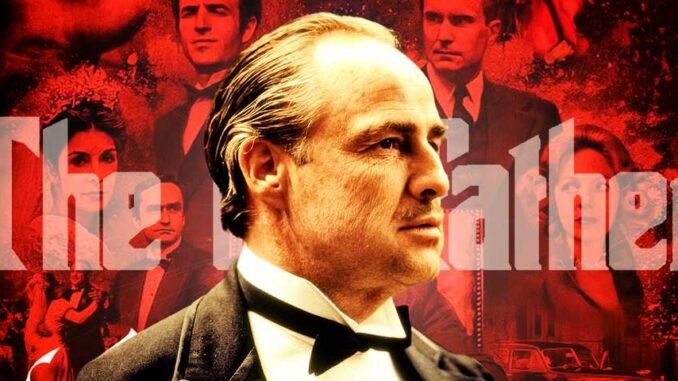
The Godfather Changed How the World Viewed Gangster Movies
When “The Godfather” premiered in 1972, it did more than just captivate audiences; it redefined the gangster genre and left an indelible mark on cinema history. Directed by Francis Ford Coppola and based on Mario Puzo’s bestselling novel, the film’s portrayal of organized crime through the lens of the Corleone family revolutionized the way gangster movies were perceived.
A New Standard in Storytelling
Before “The Godfather,” gangster films often depicted mobsters as one-dimensional villains. They were violent, ruthless, and ultimately disposable. Coppola’s masterpiece introduced a complex, humanized perspective. The film delved into the intricacies of the Corleone family, exploring themes of loyalty, power, and the American Dream. It was a character-driven narrative where audiences could empathize with the mafia’s inner workings and the personal dilemmas of its members.
Marlon Brando’s portrayal of Vito Corleone brought a depth and gravitas to the character of a mafia don that was unprecedented. His performance was both menacing and tender, embodying the duality of a man who was a loving father and a ruthless leader. This nuanced depiction set a new benchmark for acting in crime dramas.
Cinematic Innovation
Coppola’s direction and Gordon Willis’s cinematography elevated “The Godfather” to a cinematic masterpiece. The use of shadows and light created a visual style that mirrored the moral ambiguity of the story. Iconic scenes, such as the opening wedding sequence and the chilling climax of Michael Corleone’s baptismal betrayal, are etched in the annals of film history for their artistic brilliance and narrative power.
Nino Rota’s haunting score further enriched the film’s atmosphere, with its melancholic undertones perfectly complementing the saga of the Corleone family. The music became synonymous with the film, enhancing its emotional impact and staying power.
Redefining the Genre
“The Godfather” broke away from the action-heavy formulas of its predecessors, focusing instead on the psychological and social dimensions of its characters. This shift influenced countless films that followed, from Martin Scorsese’s “Goodfellas” to the television series “The Sopranos.” The film’s success proved that audiences were hungry for more sophisticated, character-driven stories within the crime genre.
Cultural Impact
Beyond its artistic achievements, “The Godfather” left a significant cultural footprint. Phrases like “I’m gonna make him an offer he can’t refuse” and “Leave the gun, take the cannoli” entered the public lexicon, while characters like Michael and Vito Corleone became archetypes in popular culture. The film’s exploration of immigrant identity and the pursuit of power resonated deeply with American audiences, reflecting broader societal themes.
Enduring Legacy
More than fifty years after its release, “The Godfather” remains a towering influence in the world of cinema. It garnered critical acclaim, winning three Academy Awards, including Best Picture, and has since been preserved in the National Film Registry for its cultural, historical, and aesthetic significance.
In retrospect, “The Godfather” did not just change how gangster movies were viewed; it transformed the landscape of American cinema. It demonstrated that genre films could be profound, artistic, and commercially successful. By humanizing the mafia and crafting a compelling family saga, Coppola’s film forever altered the way we see crime on screen, cementing its place as a timeless classic.
Leave a Reply